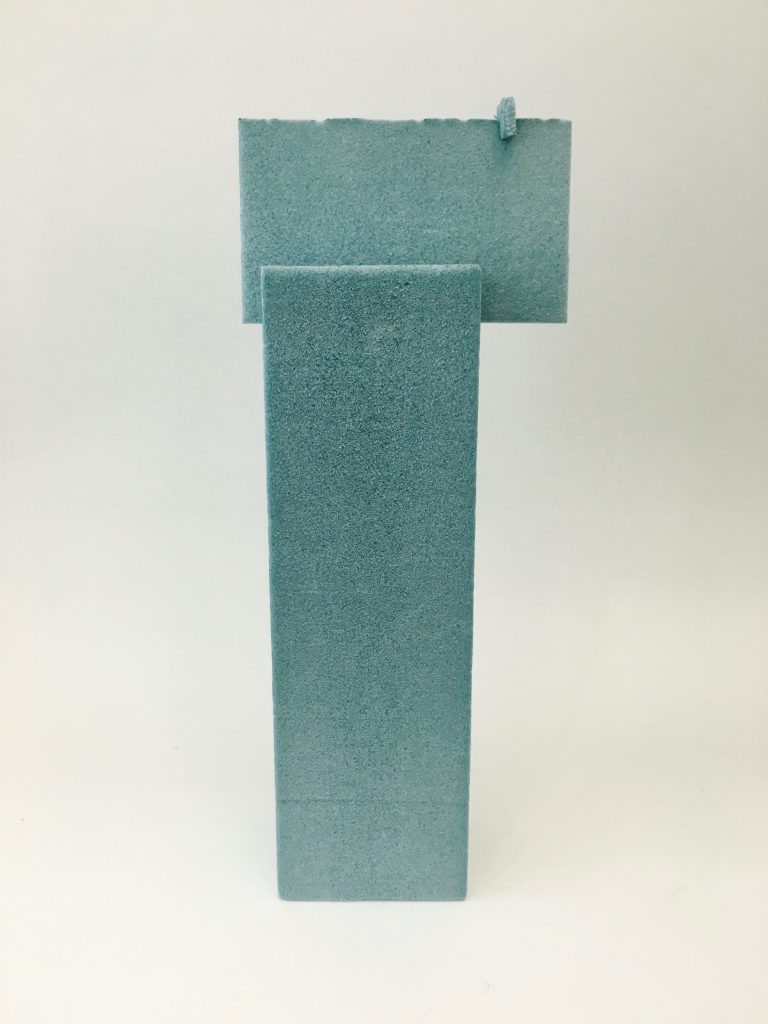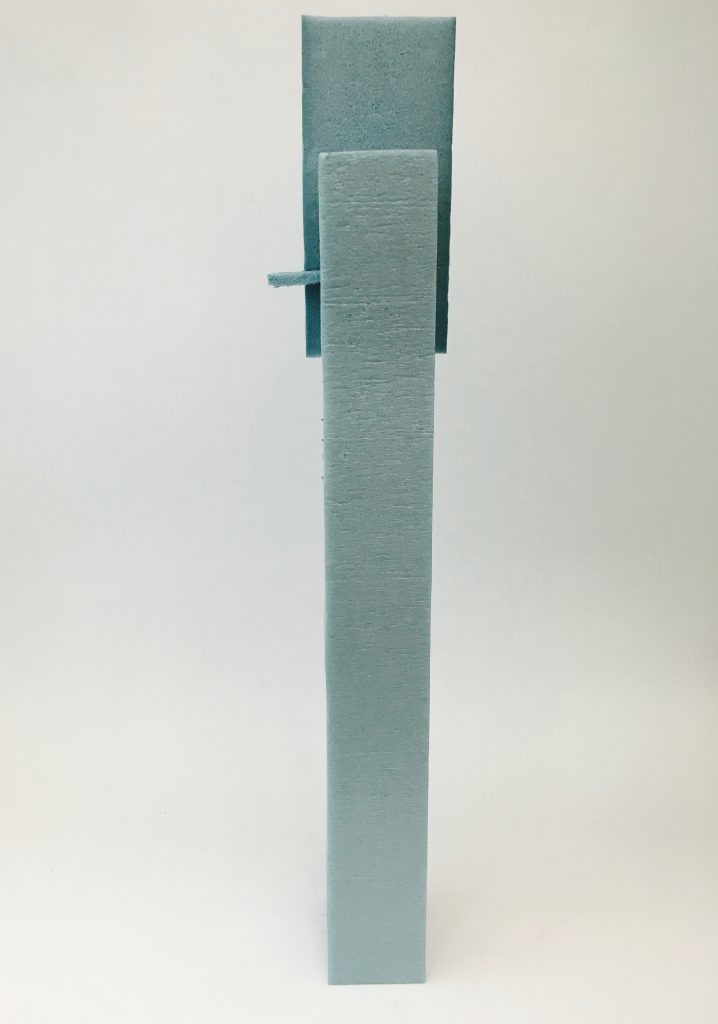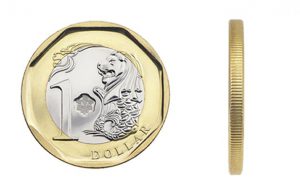In this Project, we are tasked to position 3 rectilinear volumes of overall, inherent and comparative proportions in satisfactory compositions using foam boards to create sketch models, while displaying concepts of D, SD, SO relationships as well as wedging, cradling, piercing techniques.

2D sketch analysis of first sketch model – SM 1.1
SM 1.1 shows the original first 3D sketch model that I have made from foam boards, trying to show D, SD and SO in y, x and z axes respectively.

2D sketch analysis of first sketch model – SM 1.2
SM 1.2 shows that I wanted to attempt piercing of the SD into the D and the have the SO wedged on top of the SD. However, I realised i have issues with seeing all 3 components of the model at certain perspectives. So I turned to wedging of the SO on SD, and then SD on D while removing 1/3 of the SD to show clearer distinction of the 3 proportions 
This is the result of my first sketch model:

For my second sketch model, it was an unsuccessful one due to similar shapes and proportion, lying in parallel axes. Also, there was confusion in SD and SO in one of the perspectives. 

2D sketch analysis of second sketch model – SM 2
Making use of the rule of thirds, I tried to remove a third of the SO and have it wedged at the side of D while arranging the pieces with varying axes. Yet, the sketch model lacked interest.
Looking at the third sketch model,

2D sketch analysis of third sketch model – SM 3
there is an interesting perspective of the 3D sketch model through the cradling of pieces, with the SO cradled in between the larger SD and D. It seems as though the SD is hovering!
The sketch model can be improved by correcting the length of the D as shown in the analysis above because it is too long and thus leads to instability in the model as it cannot withstand and support the weight of the SD and SO attached to it.
Finally, this leads to the finishing piece:



Ultimately, I picked the 3rd sketch model as my final product to work on the material, textures and giving it function.
Further information may be accessed from the PDF document uploaded onto google docs 



